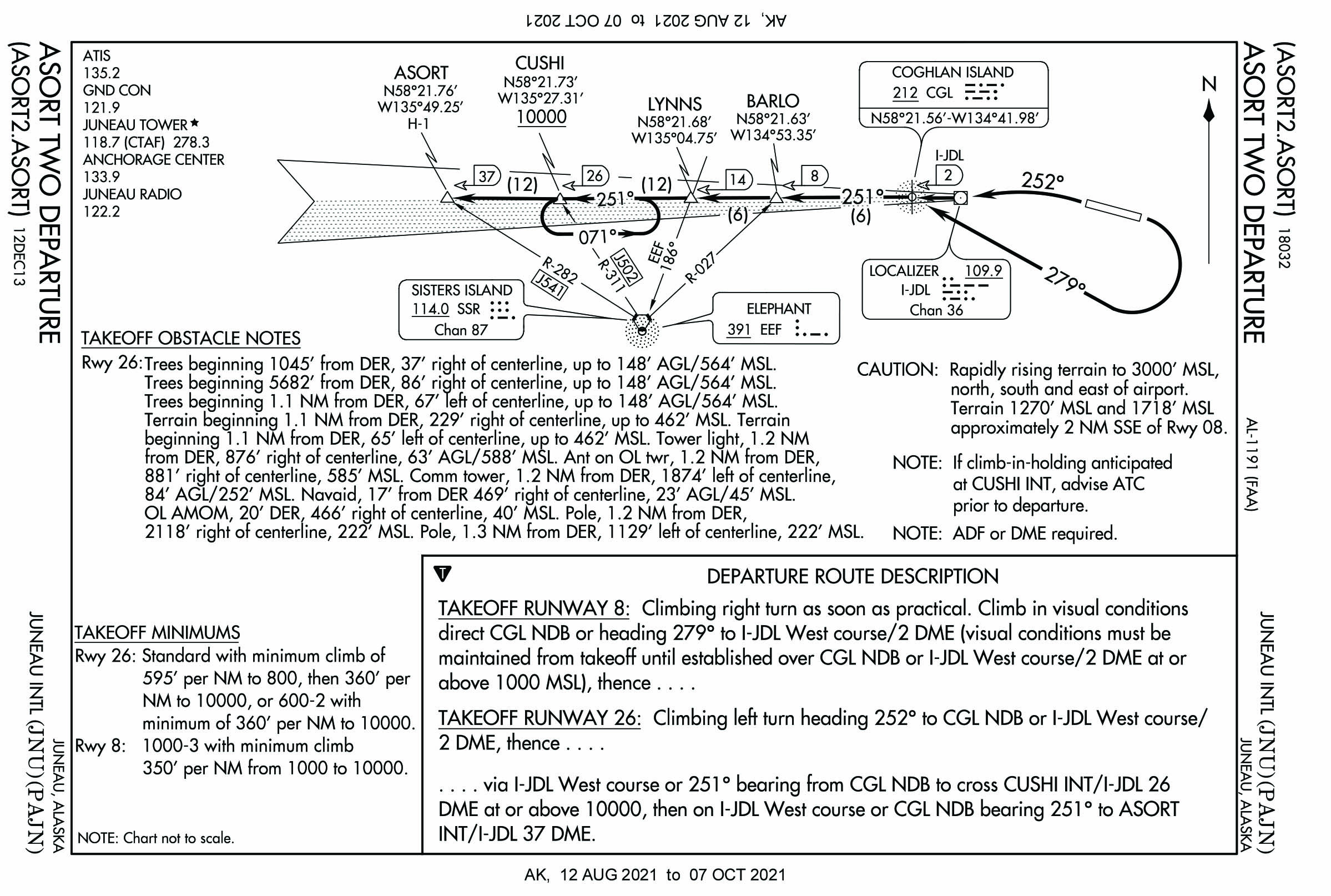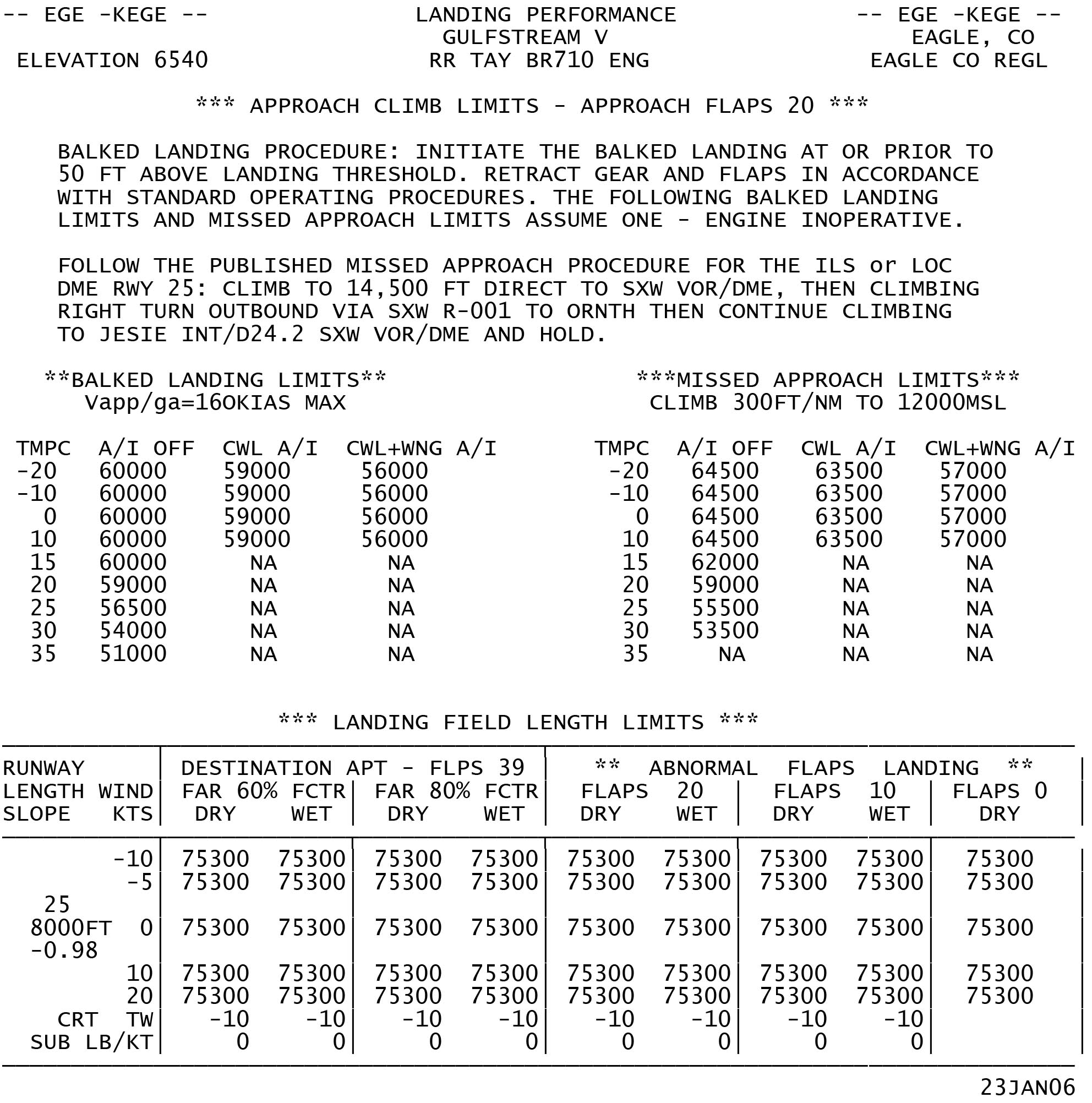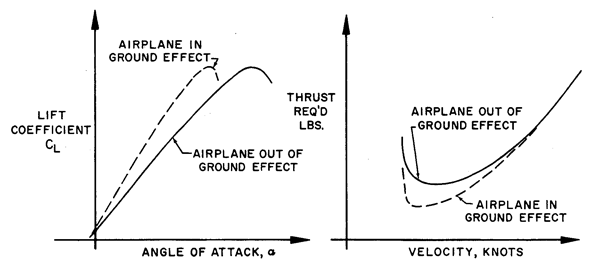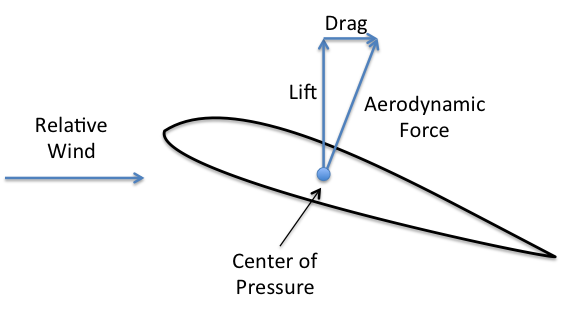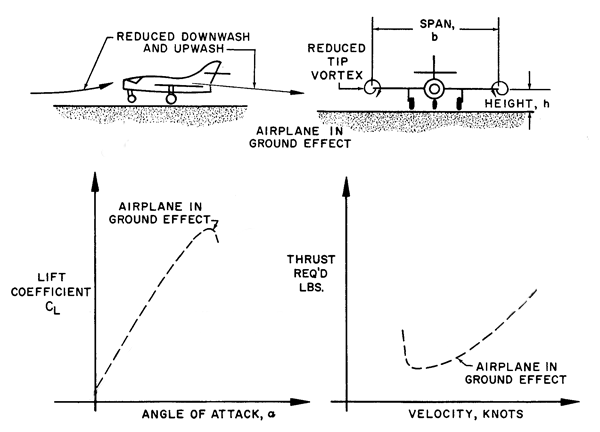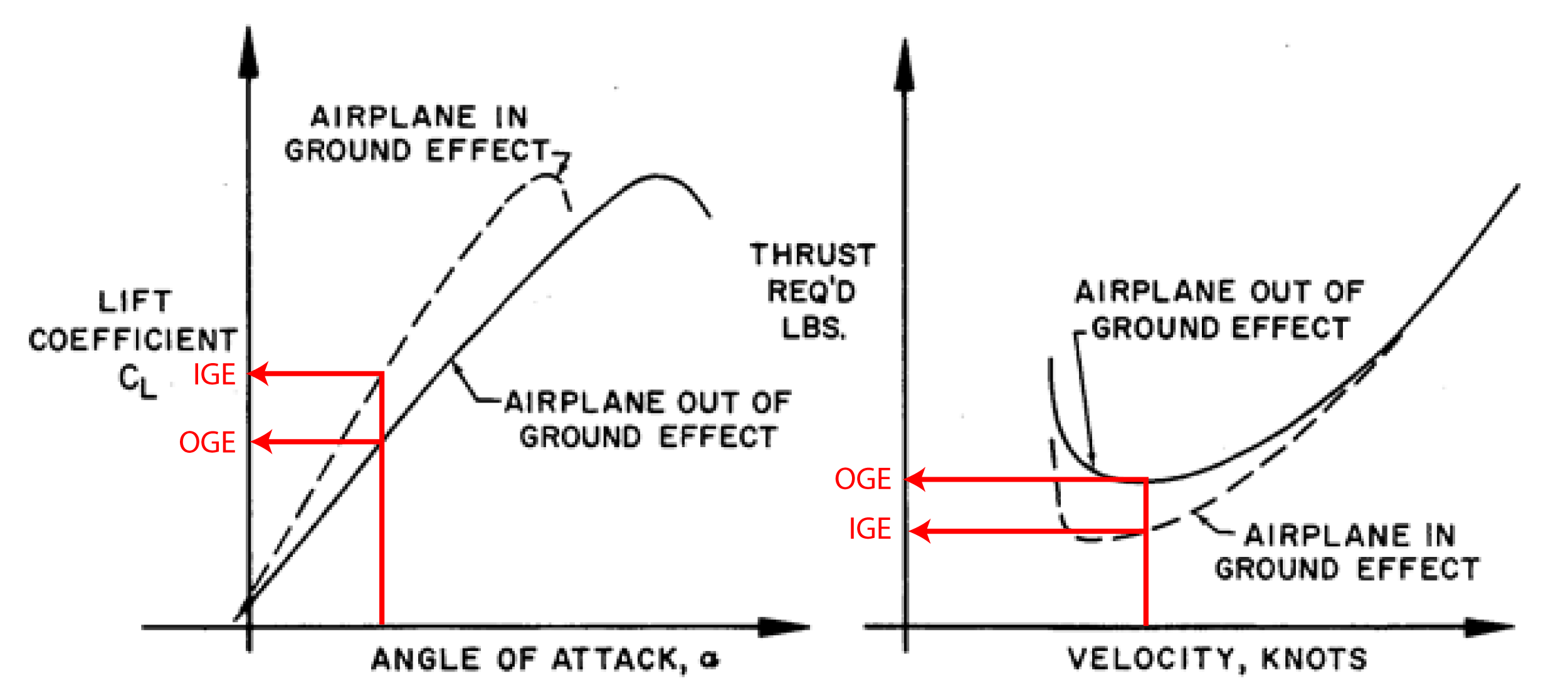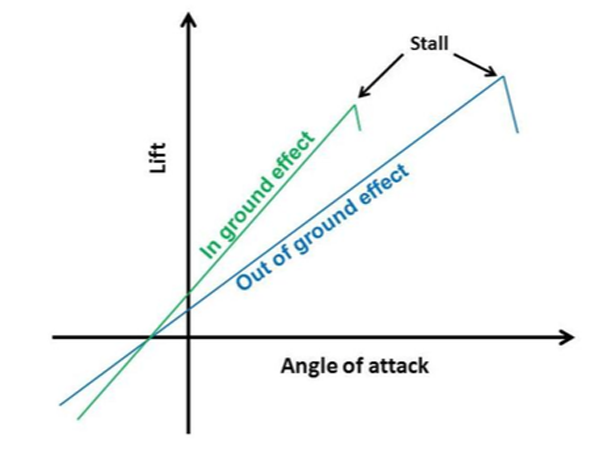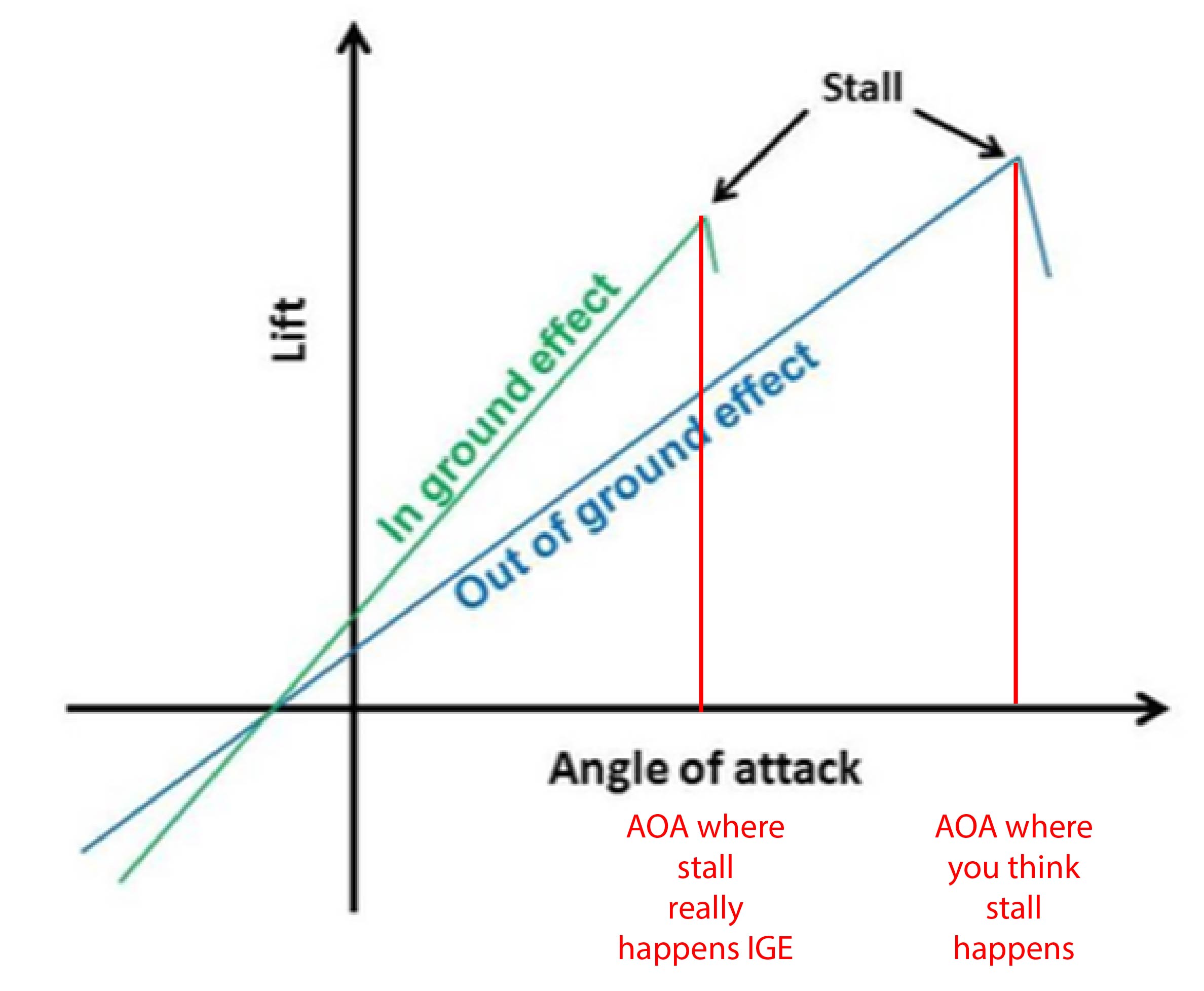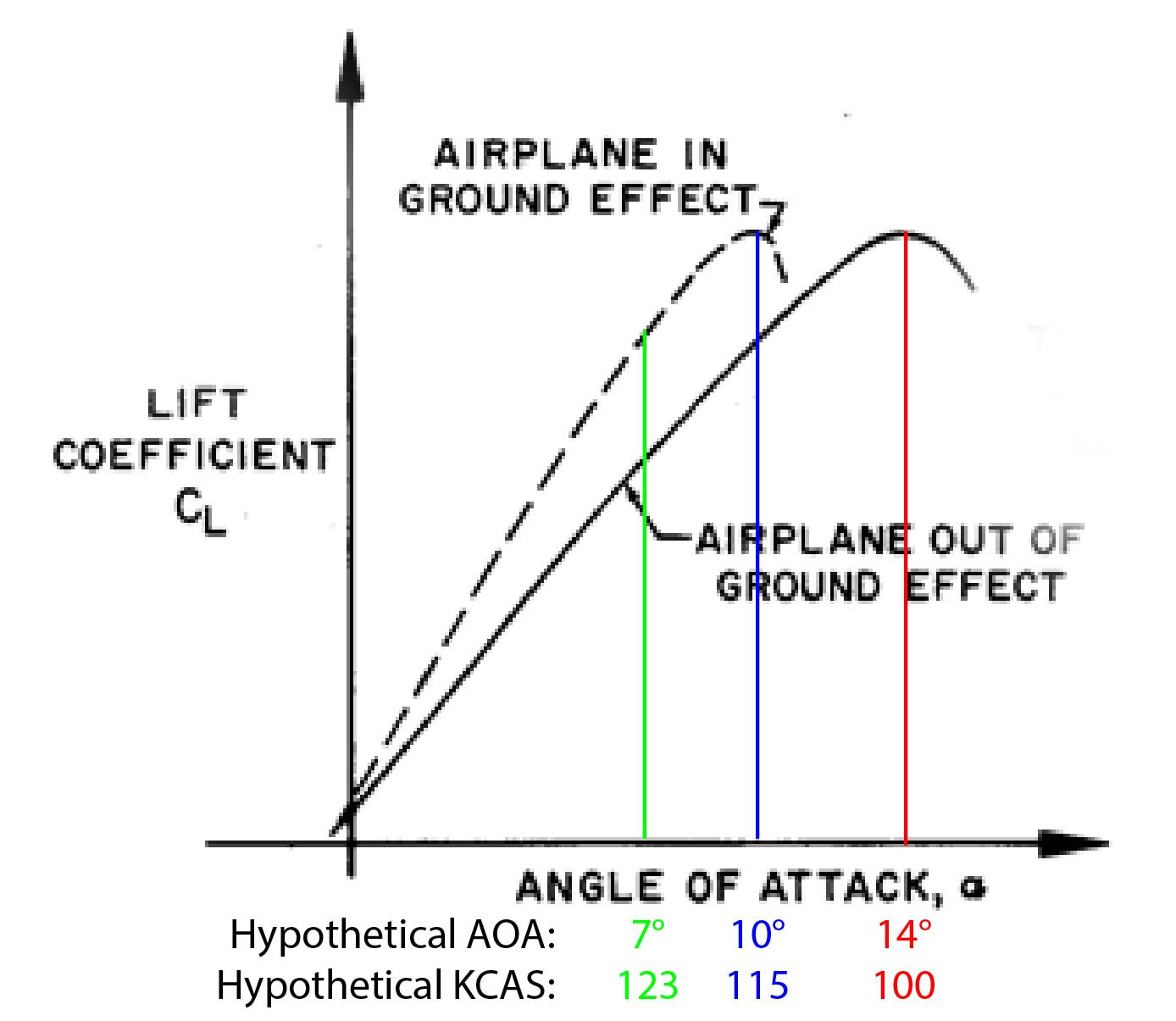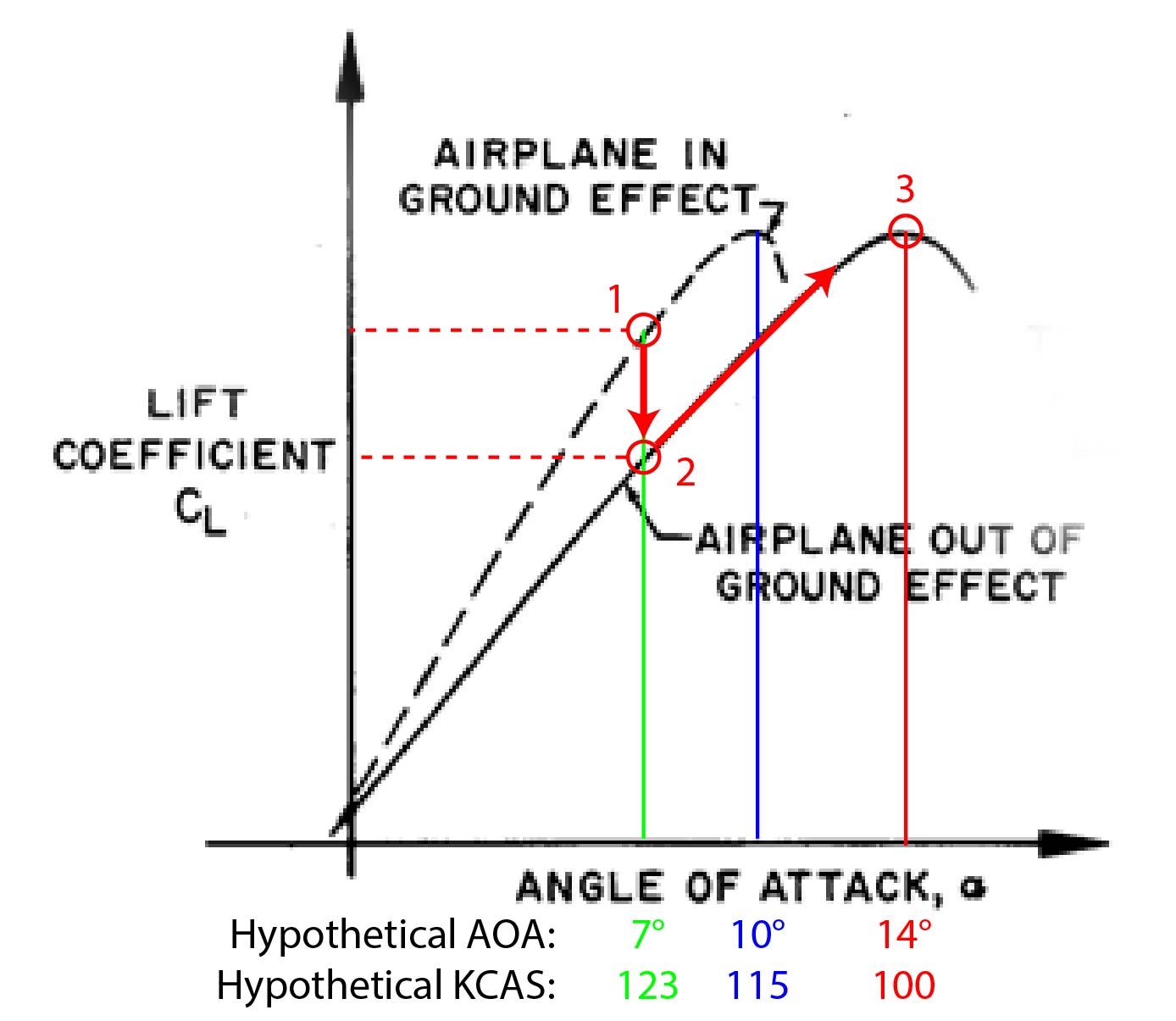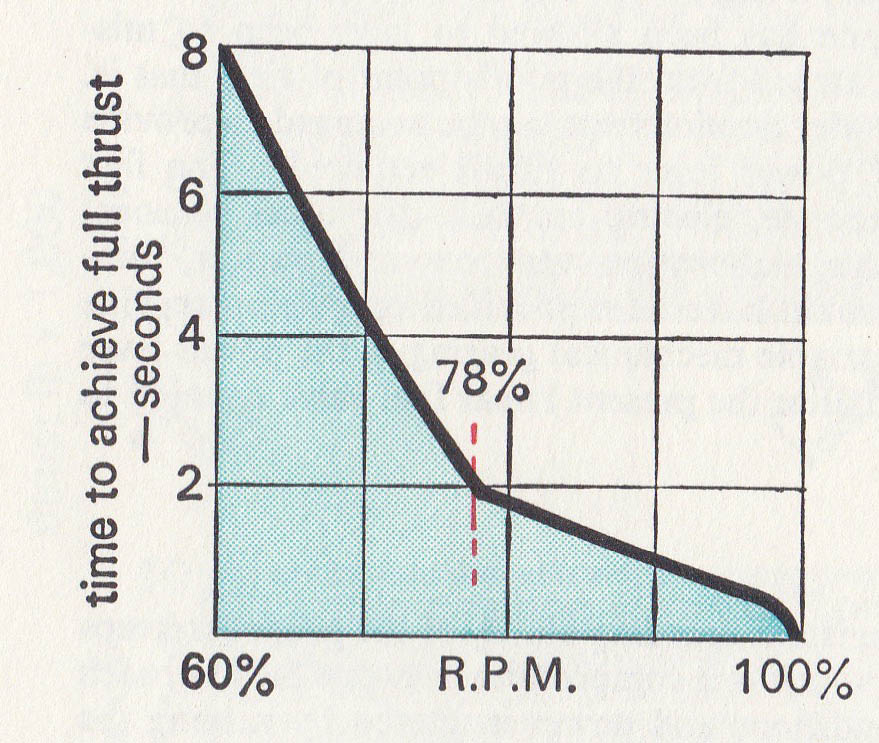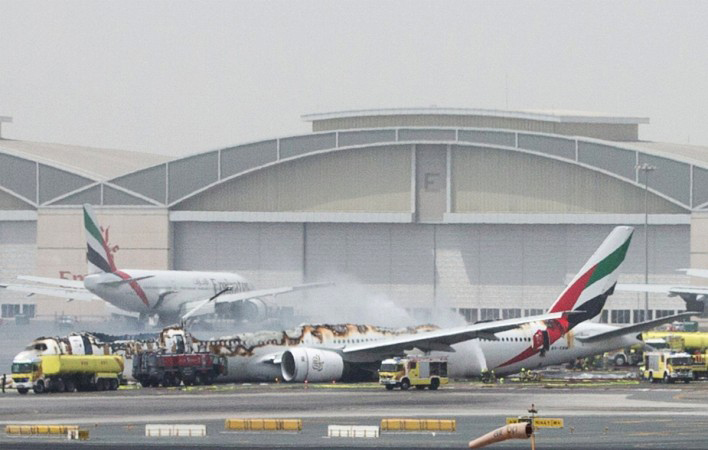We practice some maneuvers in the simulator because they are too dangerous in the airplane and our performance must be automatic, almost unthinking, to get us out of harm’s way until we have a few moments to catch up with the airplane. Consider an engine failure right at V1, our reaction requires the right balance of rudder which increases dramatically as the nose comes off the runway. Pitch control is critical, allowing us to capture V2 to V2 + 10 even with one less engine’s thrust. Navigation depends on keeping the aircraft coordinated. Only once all this is done can we take a mental step back and survey the situation. If we practice this repeatedly in the simulator, we have a fighting chance of getting it right in the aircraft. Provided we keep our cool.
— James Albright

Updated:
2021-10-01
You might say the same thing about a missed approach initiated at minimums. The aircraft is headed downhill, and we want to reverse that while mentally switching from “I’m arriving” to “I’m departing” and getting the navigation right. Again, we practice this until it becomes automatic. You can probably add a rapid loss of pressurization at high altitude, a thrust reverser unlocked in flight, and just a few other flight maneuvers. What about a balked landing?
We practice those in the simulator all the time in the Gulfstream GVII. The Pilot Flying (PF) using the Enhanced Vision System (EVS) spots the runway at 200 feet above the runway, even though the Pilot Monitoring (PM) does not. He continues to 100 feet. If authorized to take it to touchdown, the PM spots the runway on his EVS displays and the crew goes further. Even without the technology, the crew might find themselves with the necessary visual cues to land when the pesky simulator instructor presses a button and a truck pulls onto the runway. “Go Around!” The crew goes around and saves the day. The instructor pats them on the back and vectors them around for the next approach, having checked off yet another recurrent requirement. An unintended consequence of all this is that the pilots learn that they can do this and nothing more is said about it. But can they? There is a lot more to consider; a balked landing is more complicated and riskier than a missed approach.
What do you have to worry about? The second you dip below the published Decision Altitude (DA) or beyond the published Missed Approach Point (MAP), lots:

1
Obstacle clearance
When does a missed approach become a "balked" landing? I think of going beyond the DA as a decision to land, and reversing that decision means you intend to balk the landing.
Going missed approach before the DA assures you of obstacle clearance, provided you follow the procedure. Once you've gone beyond the DA, you might be okay. But maybe not.
TERPS Missed Approach Obstacle Clearance
A missed approach procedure must be established for each instrument approach procedure. The missed approach begins at the DA for PA/APV procedures, and the MAP for NPA procedures.
The MAP specified in the procedure may be the point of intersection of a specific glidepath with a DA, a navigation facility, a fix, or a specified distance from the PFAF.
Straight Missed Approach Obstacle Clearance. Within the primary missed approach area, no obstacle may penetrate the missed approach surface. This surface begins over the MAP at a height determined by subtracting the required final approach ROC and any adjustments to minimums, per paragraph 3-2-2 from the MDA. It rises uniformly at a rate of 1-foot vertically for each 40-foot horizontally (40:1) [see figure 2-8-2].
Source: TERPS, ¶2-8-1, ¶2-8-3., ¶2-8-5.
I've redrawn figure 2-8-2 here. Paragraph 3-2-2 deals with adjustments needed for approaches steeper than 3 degrees.
The bottom line is that the missed approach obstacle clearance surface depends on you starting the missed approach no lower or later than the DA.
What can go wrong
Once you've gone below your Decision Altitude (DA) you are landing. If for some reason you can't land, you have "balked" the landing. There are many ways this can happen.
Approach Lights Only
Operation below DA/ DH or MDA. Except as provided in paragraph (l) of this section, where a DA/DH or MDA is applicable, no pilot may operate an aircraft, except a military aircraft of the United States, below the authorized MDA or continue an approach below the authorized DA/DH unless— [. . .]
Source: 14 CFR 91, §91.175(c)
Except for a Category II or Category III approach where any necessary visual reference requirements are specified by the Administrator, at least one of the following visual references for the intended runway is distinctly visible and identifiable to the pilot: (i) The approach light system, except that the pilot may not descend below 100 feet above the touchdown zone elevation using the approach lights as a reference unless the red terminating bars or the red side row bars are also distinctly visible and identifiable.
Source: 14 CFR 91, §91.175(c)(3)
You could easily find yourself below the DA (and below the obstacle clearance surface) having to go missed approach.
EFVS
If you are operating with an Enhanced Flight Vision System (EFVS) under the provisions of 14 CFR 91.176(b) which authorizes you descent to 100 feet above the TDZE, and not under 14 CFR 91.176(a) which authorizes you to descent to touchdown and rollout, then you can find yourself in the same situation as before with the ILS.
More about this: EFVS.
Other contingencies
Even if you spot the runway you might discover an aircraft problem that prevents you from landing or a runway problem that makes landing impossible. Consider also the impact of an unstabilized approach, wake turbulence, or a wind shear. A balked landing could be called for.
How to tell you could have a problem
The approach plate tells you it can't be done
A well designed procedure will tell you flat out that you will have a problem. The Juneau International Alaska (PAJN) LDA X Rwy 8 does just that: "CAUTION: Any go-around after passing MAP will not provide standard obstruction clearance."
The approach plate tells you the missed approach climb gradient is steep
The procedure may hint at a problem with steeper than normal required climb gradients. The Juneau International Alaska (PAJN) RNAV(GPS) V Rwy 8 does that: "Missed approach requires minimum climb of 363 feet per NM to 3200."
Keep in mind that the approach plate was designed by a human who took a course or read a manual on how to draw it. Some are better than others. Some approach plates will tell you that you have other options. You are given interesting options at Burbank, California (KBUR) for example. The ILS Z or LOC Z Rwy 8 has minimums of DA(H) 1075' (348') with the NOTE: Missed approach requires a minimum climb gradient of 340'/NM to 2520'; if unable to meet climb gradient, see ILS Y or LOC Y Rwy 8 (Jeppesen chart 11-2) ILS Y or LOC Y Rwy 8 has minimums of DA(H) 1555' (828') this approach has a lower MAP climb requirement.
The airport is normally one way in, another way out
For example, Mc Call Municipal, Idaho (KMYL) has a nice, wide valley on approach to Runway 34 while the approach to Runway 16 requires you thread the needle of a narrow valley. So Runway 34 makes for a good landing runway while Runway 16 is better for takeoff.
Solution One: SID/ODP instead of MAP
If following the approach procedure's missed approach instructions cannot guarantee you obstacle clearance, a better option may be to follow the runway's departure procedure. But first, a caution:
Caution: An instrument approach clearance includes clearance to fly the published missed approach procedure unless amended and agreed upon by the pilot and air traffic control. If you plan on doing something other than the missed approach assumed by ATC, you need to get clearance to do that. Sure, you can declare an emergency but that doesn't help if the airspace you suddenly need is already in use.
The Juneau International Alaska (PAJN) LDA X Rwy 8, shown earlier, missed approach instructions: "MISSED APPROACH: Immediate climbing right turn heading 310° and on CGL NDB bearing 251° to intercept SSR VORTAC R-027 direct SSR VORTAC or EEF NDB and hold." (A very tight right turn.)
The Juneau International Alaska (PAJN) ASORT TWO DEPARTURE from Runway 8: Climbing right turn as soon as practical. Climb in visual conditions direct CGL NDB or heading 279° TO I-JDL West course/2 DME (visual conditions must be maintained from takeoff until established over CGL ND or I-JDL West course/2 DME at or above 1000 MSL." (Requires visual conditions.)
If you know the missed approach procedure will not guarantee obstacle clearance if executed below the DA / beyond the MAP, it may be a good idea to devise an alternate plan based on the runway's SID or ODP. In the case of PAJN Runway 8, you would prebrief the ASORT TWO as your missed approach "Plan B," that you would need to have visual conditions to do so, and that you will have to prebrief ATC. If this isn't possible, then you would not go below DA until all conditions are met to continue the landing. (Do not descend to 100' above the TDZE looking for further visual cues.)
If your balked landing procedure is different than your published missed approach, you might consider entering it into your FMS as a "secondary flight plan" if you have that capability. If you plan on doing this, you should be well practiced at making the change. When you are low to the ground and your work load is high is no time to learn how to do this.
Solution Two: Airport analysis
Some Airport Analysis companies will offer balked landing procedures with aircraft and weather limitations. The procedure shown in the illustration is for a Gulfstream GV on approach to Eagle Airport, Colorado (KEGE).
It may be prudent to advise ATC of the plan if it differs from the published routing. In this case, the aircraft is capable of following the published missed approach procedure, provided the posted limitations are observed.
As mentioned with Solution One, you might want to construct this alternate procedure into the FMS as a "secondary flight plan" if you have that capability.
Solution Three: Raise minimums
Sometimes you cannot do what you want to do and must simply raise your weather minimums or reduce your approach weight to make it possible. If you cannot guarantee obstacle clearance after going below the approach's published minimums, then don't do that until you are certain you can land.
2
Ground effect
Most of us are taught early on that once the aircraft is within one-half wingspan height above the runway, we lose some drag because the wingtip vortices no longer wrap completely over the wing, reducing induced drag. And that is true. But it is only half the phenomenon. When you are in ground effect, you essentially have a different and more efficient wing. To understand a wing's performance In-Ground-Effect (IGE), you must first consider it Out-of-Ground-Effect (OGE).
Wing Performance Out-of-Ground-Effect (OGE)
You may have seen the vortices around your wingtips on a misty or rainy day and have an intuitive understanding. You have more pressure under the wing than over it, so the pressure below wants to wrap around to the top. Of course the wing is moving forward so this movement from bottom to top tends to trail aft. But why is this a big deal?
Wing tip vortices are formed when higher pressure air below a wing flows around the wing tips into the lower pressure region on top of a wing that is developing lift. The vortices are strongest at the tips and become weaker progressing toward the centerline of the aircraft.
Source: Dole, pg. 50
The downward force of the vortice not only subtracts from the upward force, it increases induced drag on the wing. It makes the wing less efficient. If only there was a way to remove the effect of the vortices. There is . . .
Wing Performance In-Ground-Effect (IGE)
Consider an aircraft with an infinitely long wing. This (infinite) wing has no wing tips and, consequently, no wing tip vortices. The absence of wing tip vortices on the infinite wing means that the up wash, in front of the wing, and the down wash, behind the wing, cancel each other out, and there is no net down wash behind the wing.
Source: Dole, pg. 50
You don't need an infinitely long wing, flying close enough to the ground will interrupt the vortices so they never get a change to reach the top of the wing. Since less of the aerodynamic force is pointed aft, you have less induced drag and more lift. To the pilot, the wing appears to have become more efficient because, really, it has!
IGE to OGE: Thrust Limitation
If you place the IGE and OGE coefficient of lift to AOA curves together, you will notice that the IGE curve moves to the left. There is research that indicates the CL-MAX (the peak of the curve) remains the same but there is also research that shows it is lower when IGE. More on that later, for now let's look at what happens to the thrust required to hold the AOA.
While the aerodynamic characteristics of the tail and fuselage are altered by ground effects, the principal effects due to proximity of the ground plane are the changes in the aerodynamic characteristics of the wing. As the wing encounters ground effect and is maintained at a constant lift coefficient, there is a reduction in the up wash, down wash, and the tip vortices. These effects are illustrated by the sketches of [the figure]. As a result of the reduced tip vortices, the wing in the presence of ground effect will behave as if it were of a greater aspect ratio. In other words, the induced velocities due to the tip (or trailing) vortices will be reduced and the wing will incur smaller values of induced drag coefficient, CDi, and induced angle of attack, αi, for any specific lift coefficient, CL.
Source: Hurt, pg. 379
Looking at the CL to AOA chart (on the left), you see that flying at a given AOA, you get more lift when IGE than OGE. The wing is more productive when in-ground-effect. But looking at the Thrust Required to Velocity chart (on the right), we see that for any given velocity, it takes more thrust to fly OGE.
The consequence for us in the balked landing situation is that we could find ourselves just barely climbing while in-ground-effect, and once we do climb out-of-ground-effect, we may not have enough thrust available to maintain airspeed.
IGE to OGE: Ground Effect Stall
After the 2011 crash of a test Gulfstream G650, we've heard a lot about the "ground effect stall" and how it was possible to stall the airplane while in ground effect (true) and that you could stall the airplane leaving ground effect (true, to a point).
Stalling In-Ground-Effect (IGE)
αstall — stall angle of attack
αstall,IGE — αstall in-ground-effect
αstall,OGE — stall out-of-ground-effect
The physical basis and qualitative effects of ground-effect on an airplane’s aerodynamics are well understood. The airflow around the airplane cannot have a vertical component at the ground plane (i.e., air cannot flow into or out of the ground), and so the streamlines around the airplane are altered from what they would be in free air. Specifically, the downwash produced by the wing trailing vortices is reduced by the proximity of the ground plane, which in turn reduces the induced angle of attack and induced drag, and increases the lift coefficient (CL) at a given α. These effects are sketched in [the figure]. The sketch illustrates that αstall,IGE is lower than αstall,OGE, and the sketch also suggests that the maximum CL achievable (CLMAX) in- and out- of ground-effect are the same. [ . . . ] However, other researchers have documented that CLMAX can decrease in ground-effect. [ . . . ] Given this disparity of evidence, the quantitative effects of ground-effect are likely unique to every airplane configuration, and must be evaluated either by test or analysis for each configuration.
Source: O'Callaghan, §VII
The study looked at CLMAX for an accident in a Gulfstream G650 and concluded:
CLMAX in-ground-effect is reduced compared to CLMAX out-of-ground-effect.
For more about this accident: Case Study: Gulfstream G650 N652GD.
Ground effect lowers induced drag and that in turn increases the lift coefficient for a given angle of attack. For some airplanes this also reduces the maximum coefficient of lift (CLMAX). The aircraft will stall at a lower angle of attack in ground effect. This is important for us to realize in a balked landing situation:
Notice how CL-max is lower when IGE in the chart from the G650 accident. Not all text books agree so we'll take a look at the more conservative view that CL-max remains the same for two hypothetical examples.
How slowly are you willing to fly after balking a landing? We quite often rely on our approach reference speed, commonly called V-REF, as the speed we know will keep us safe. It is usually based on 1.23 times the stall speed of the aircraft. But that stall speed is based on the stall AOA, which is determined while flying Out-of-Ground-Effect. So if you are balking a landing and are In-Ground-Effect, the VREF you think will keep you above the stall might not, since it is based being Out-of-Ground-Effect.
Let’s examine a hypothetical aircraft which just balked its landing while In-Ground-Effect.
- Suppose the CL-max while IGE is 10° and that equates to 115 KCAS in this situation. (Blue in the diagram.)
- Suppose also that the CL-max while OGE is 14° and that equates to 100 KCAS in this situation. (Red in the diagram.)
- In this situation, your VREF will probably be 123 KCAS (1.23 times the OGE stall speed).
- If you are just barely climbing IGE at 123 knots (the green line in the diagram), you might think you have a 23% margin above the stall and be tempted to pull back further on the stick.
- But until you leave ground effect, your true stall speed is 115 KCAS. If you pull back further than 115 KCAS while IGE, you will stall the aircraft.
The lesson here is to give your VREF a healthy margin when In-Ground-Effect.
Stalling Leaving Ground Effect
Can you be flying below the stall In-Ground-Effect and then stall simply by climbing Out-of-Ground-Effect? If you look at the CL curves while sitting in the safety and comfort of your desk, the answer appears to be no. But keep in mind all this is happening very fast and the transition from IGE to OGE may be a split second transition. It gets very dicey. Perhaps another hypothetical is in order. (Actually the same hypothetical, but just as the aircraft leaves ground effect.)
- Now let's say you maintain your calculated VREF of 123 KCAS all the way to the point your ground effect stops. (Point #1 on the chart.)
- You may argue that ground effect doesn't switch off from on and that's true. But it happens very fast. As it is happening, your CL drops from the IGE line to the OGE line and the airplane wants to stop climbing and you feel it sinking. (Point #2 on the chart.)
- So you pull back on the stick. If you do this just right, you will regain the original CL and perhaps a little more. But how well calibrated is your hand? All this happens very fast and the chance of overshooting your pull and ending up a CL-max while OGE is very high. (Point #3 on the chart.)
When you leave ground effect you have two performance "obstacles" to overcome: you will have a loss of lift coefficient and an increase in induced drag. As with our previous hypothetical, having a healthy margin above VREF is key. In either case, you must focus on airspeed before you can climb when balking a landing when In-Ground-Effect.
3
Engine spool up time
- [. . .] the efficiency in a jet engine is highest at high r.p.m. where the compressor is working closest to its optimum conditions of gas flow, etc. At low r.p.m. the operating cycle is generally inefficient. If a sudden demand is made for more thrust from an r.p.m. equivalent to a normal approach r.p.m. the engine will respond immediately and full thrust can be achieved in about 2 secs. From a lower r.p.m., however, a sudden demand for maximum thrust will tend to overfuel the engine and cause it to overheat or surge. To prevent this various limiters are contained in the fuel control unit and these serve to restrict the engine until it is at an r.p.m. at which it can respond to a rapid acceleration demand without distress.
- From idle thrust to substantially full thrust at a typical approach speed takes about 6 secs. on average. Some engine types are better than others, but there is also a scatter between individual engines of the same type; so the full 8 secs. permitted by the requirements is needed.
Source: Davies, pp. 59-60
This was written in 1967 and quite a bit has changed since then, most notably Full Authority Digital Engine Control (FADEC). But even modern engines can sometimes take the full 8 seconds to accelerate from low speeds. The lag will be made worse if the aircraft is slow. In the balked landing accident of Air Canada 646, for example, it took the engine 7.5 seconds to go from idle to a normal go around thrust because the aircraft was 6 knots below VREF. Normal spool up time should have been 3 seconds.
4
Execution
As your simulator experience has taught you, most of your balked landings will be no problem: just follow missed approach procedures and know the simulator instructor will get you vectors for the next approach. But in the airplane, you cannot rely on the person behind the curtain. You will need to have exceptional situational awareness if you hope to beat the obstacles, the effect of ground effect, and any lag in your engine spool up time.
Plan Ahead
Clearance for an approach includes clearance for the missed approach, but that only gives you obstacle clearance assurance if you begin the procedure at or before the DA / MAP. You should inspect the missed approach procedure against the runway obstacle departure procedure and other data to see if you could have a problem. If so, you need to come up with an alternate procedure in case you need to balk the landing after the DA or MAP.
Commit!
Once you've decided to balk the landing, do that. Second guessing yourself eats up runway you needed to complete the landing or robs you of lateral distance and vertical altitude needed to beat the obstacles.
Back up the automation
Simply pressing TO/GA and hoping the automation takes care of you isn't enough. If the wheels touchdown, even for a second, your aircraft might take actions contrary to your decision. In the case of a Boeing 777 accident in 2016, for example, the pilot decided to balk the landing by pressing TO/GA and pitching the nose up. But he assumed the autothrottles would increase thrust; the weight on wheel system told the engines to remain at idle until the pilots figured that out. But they were too late. Balking a landing is very much like a missed approach, only more so! Make sure your thrust is set.
For more about this: Case Study: Emirates 521.
Allow for spool up time when below normal approach engine speeds
If your engines don't have an intelligent flight idle system and you have somehow ended up below a normal approach thrust, you may not get the thrust you need in a timely manner. If this is the case, blindly pitching up to satisfy your flight director's TO/GA cues can risk a stall. This bit the crew of a Canadair Regional Jet in 1997. They could have kept flying, but not at their flight director's pitch setting.
For more about this: Case Study: Air Canada 646.
VREF may not be enough to avoid a stall when IGE
As we've seen from looking at lift curves, you will stall at a lower AOA when flying IGE. You know intuitively that you can pull back on the pitch to increase your AOA and decrease your speed. If you are relying on VREF as the slowest speed you will fly during a balked landing, remember that VREF is based on OGE stall speed which is based on the OGE stall AOA. Your IGE AOA will be lower, which means your IGE stall speed will be higher. You could be fine IGE and then find yourself stalled OGE.
You may be thrust limited until you accelerate
As we've seen from looking at thrust required curves, you need more thrust to fly the same airspeed when OGE than IGE. You could be fine skimming the runway at a particular speed and find yourself out of thrust once you've climbed above ground effect. You need a healthy margin of speed IGE to make sure the thrust will allow you to hold the speed OGE.
References
(Source material)
14 CFR 91, Title 14: Aeronautics and Space, General Operating and Flight Rules, Federal Aviation Administration, Department of Transportation
Davies, D. P., Handling the Big Jets, Civil Aviation Authority, Kingsway, London, 1985.
Dole, Charles E., Flight Theory and Aerodynamics, 1981, John Wiley & Sons, Inc, New York, NY, 1981.
Hurt, H. H., Jr., Aerodynamics for Naval Aviators, Skyhorse Publishing, Inc., New York NY, 2012.
NTSB Aircraft Accident Report, AAR-12/02, Crash During Experimental Test Flight, Gulfstream Aerospace Corporation GVI (G650), N652GD, Roswell, New Mexico, April 2, 2011
O'Callaghan, John J., The Gulfstream G650 Flight Test Accident: Lessons Learned, National Transportation Safety Board, August 19-22, 2013
United States Standard for Terminal Instrument Procedures (TERPS), Federal Aviation Administration 8260.3C, 03/14/2016
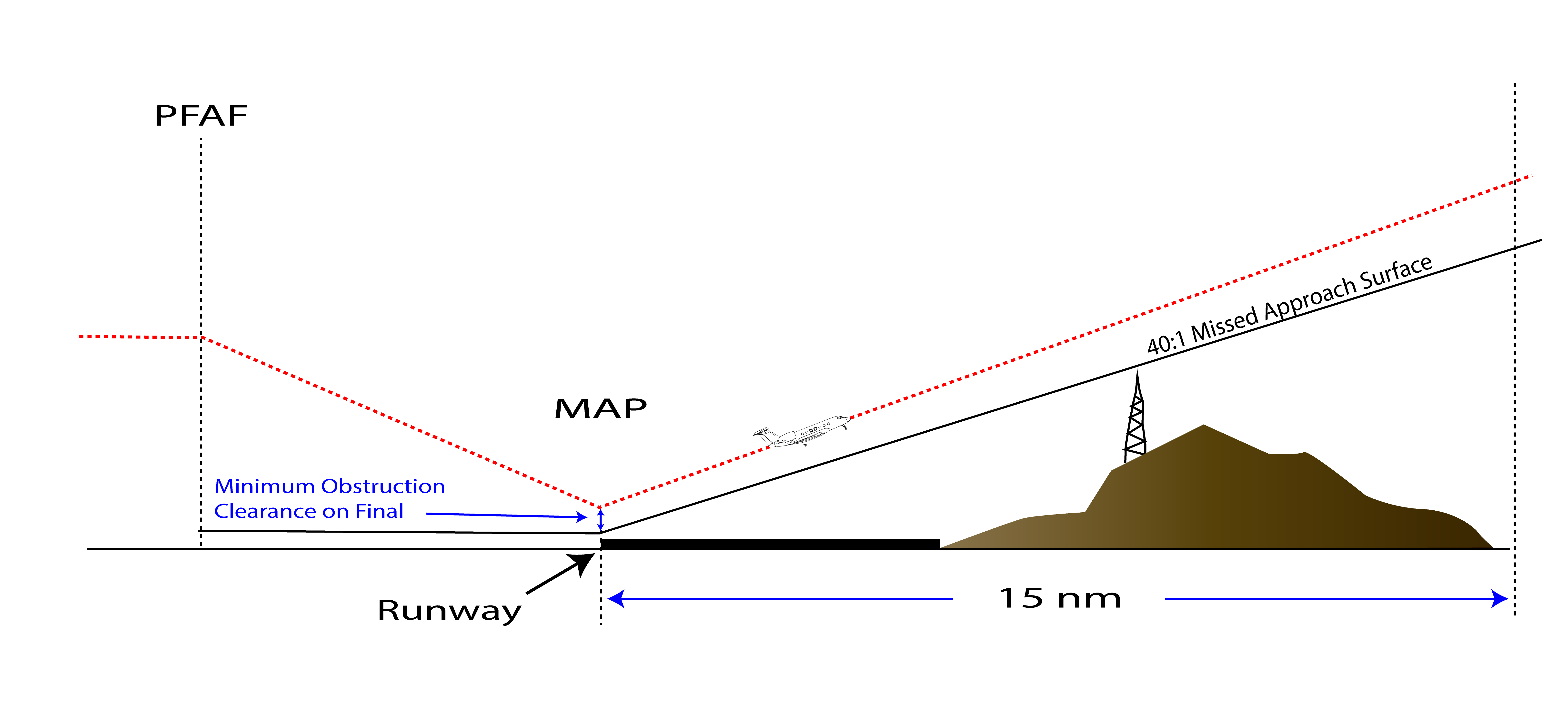
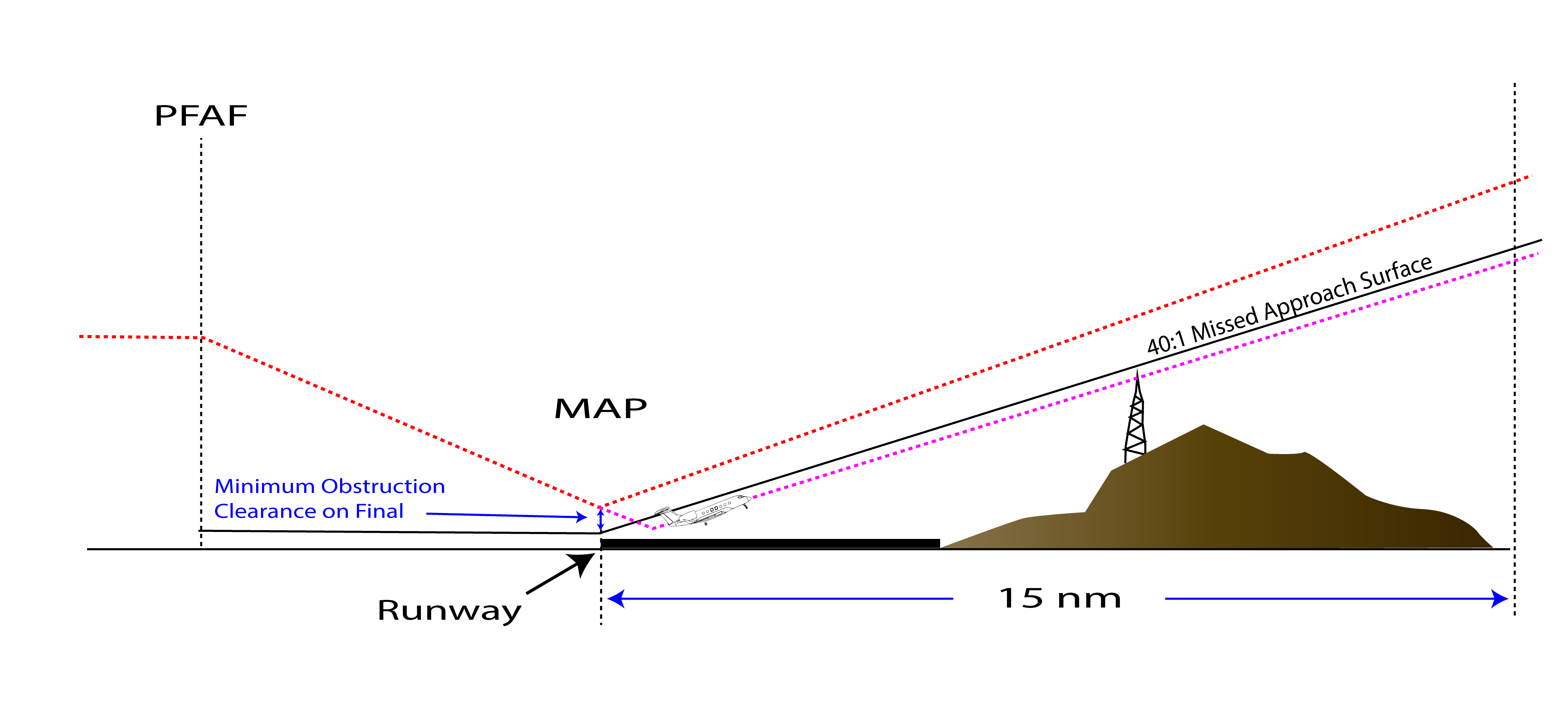
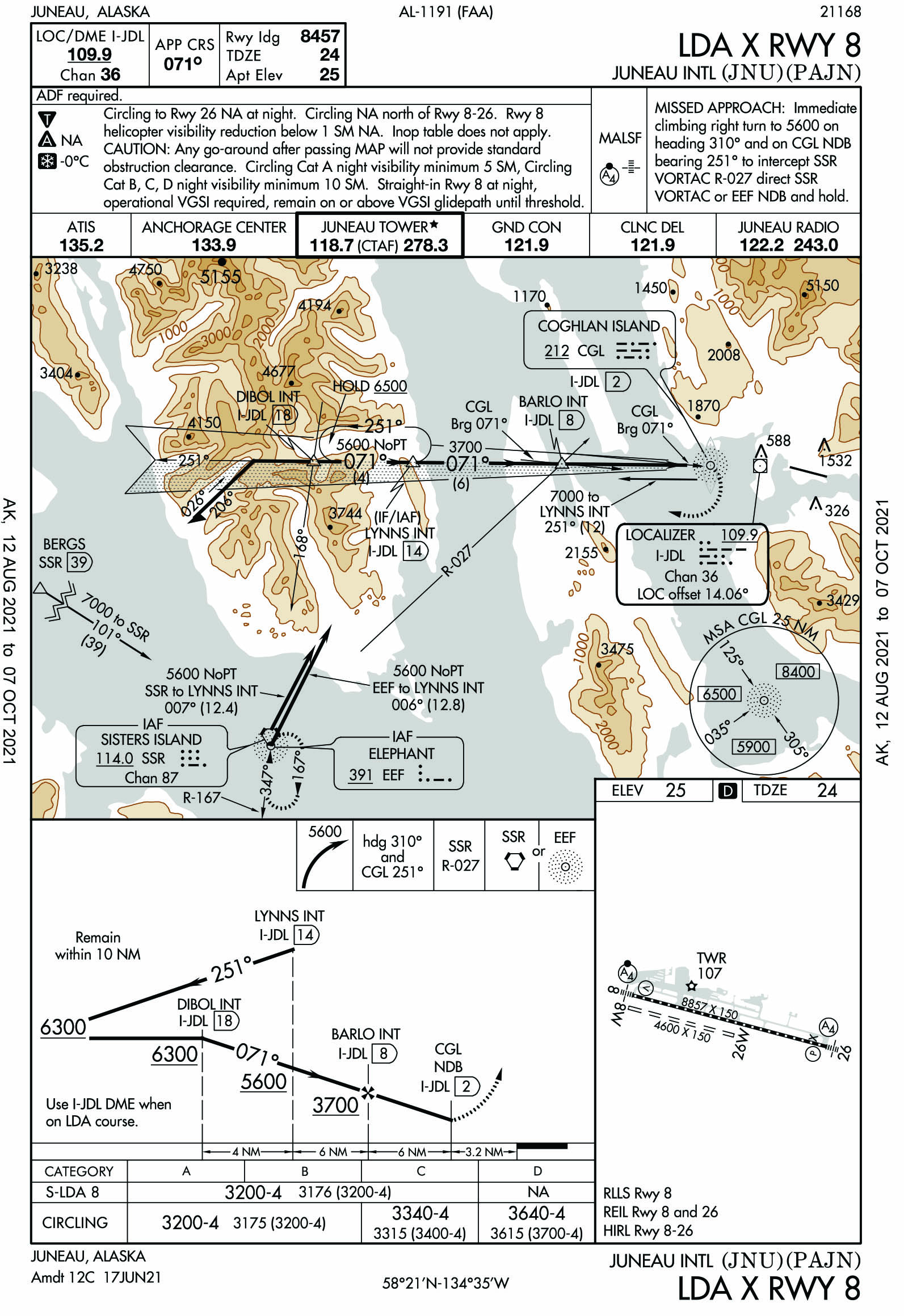
_v_rwy_8.jpg)

